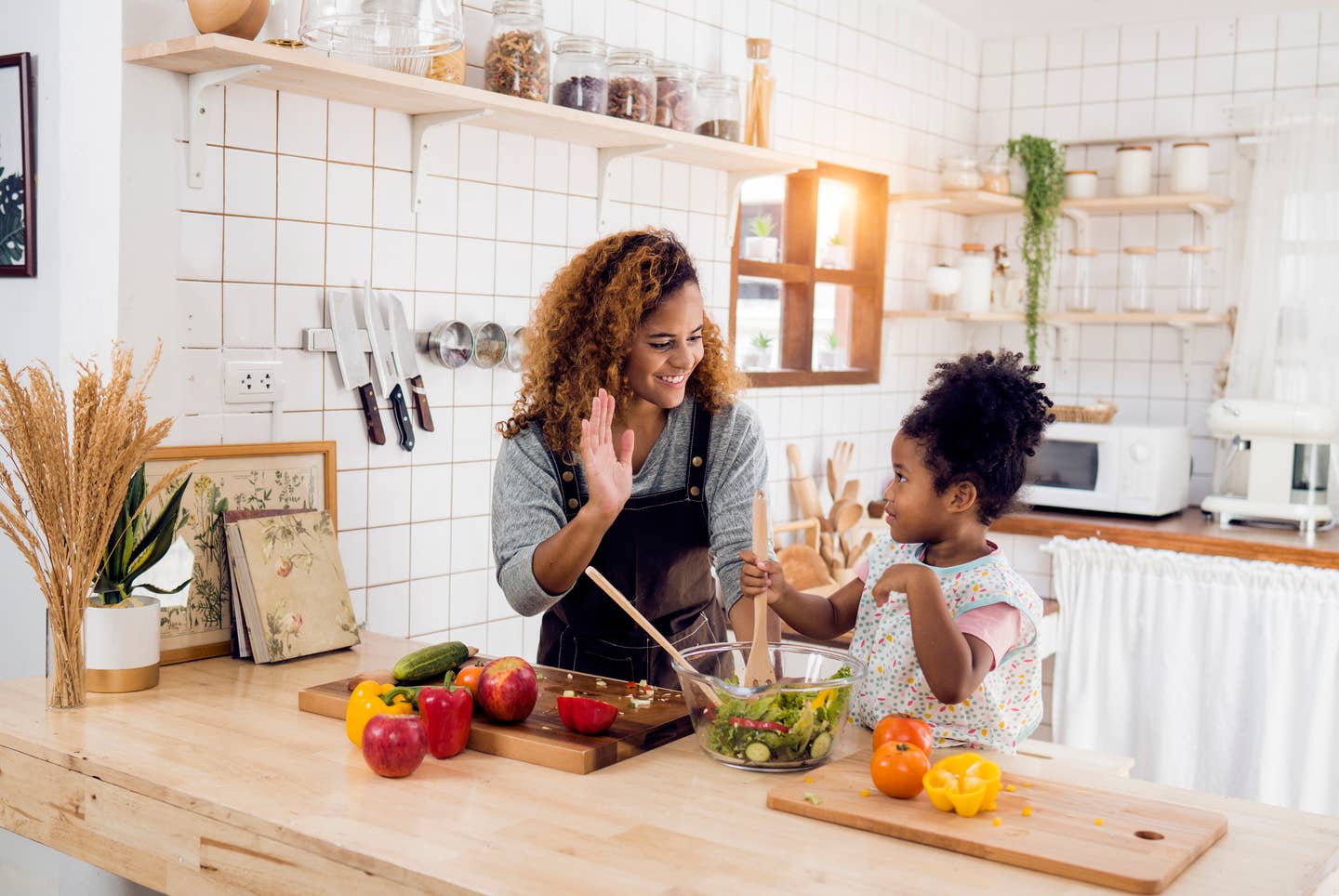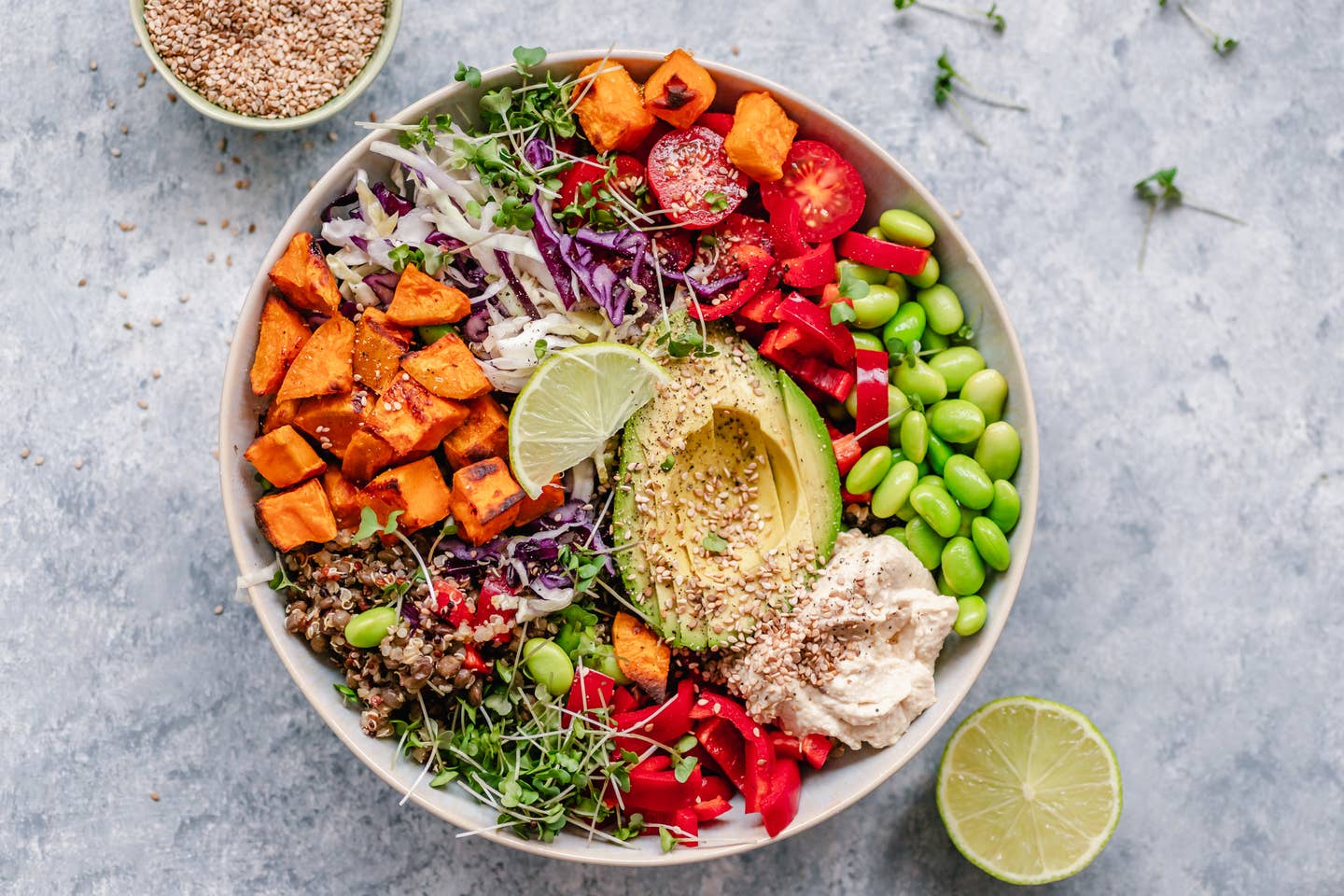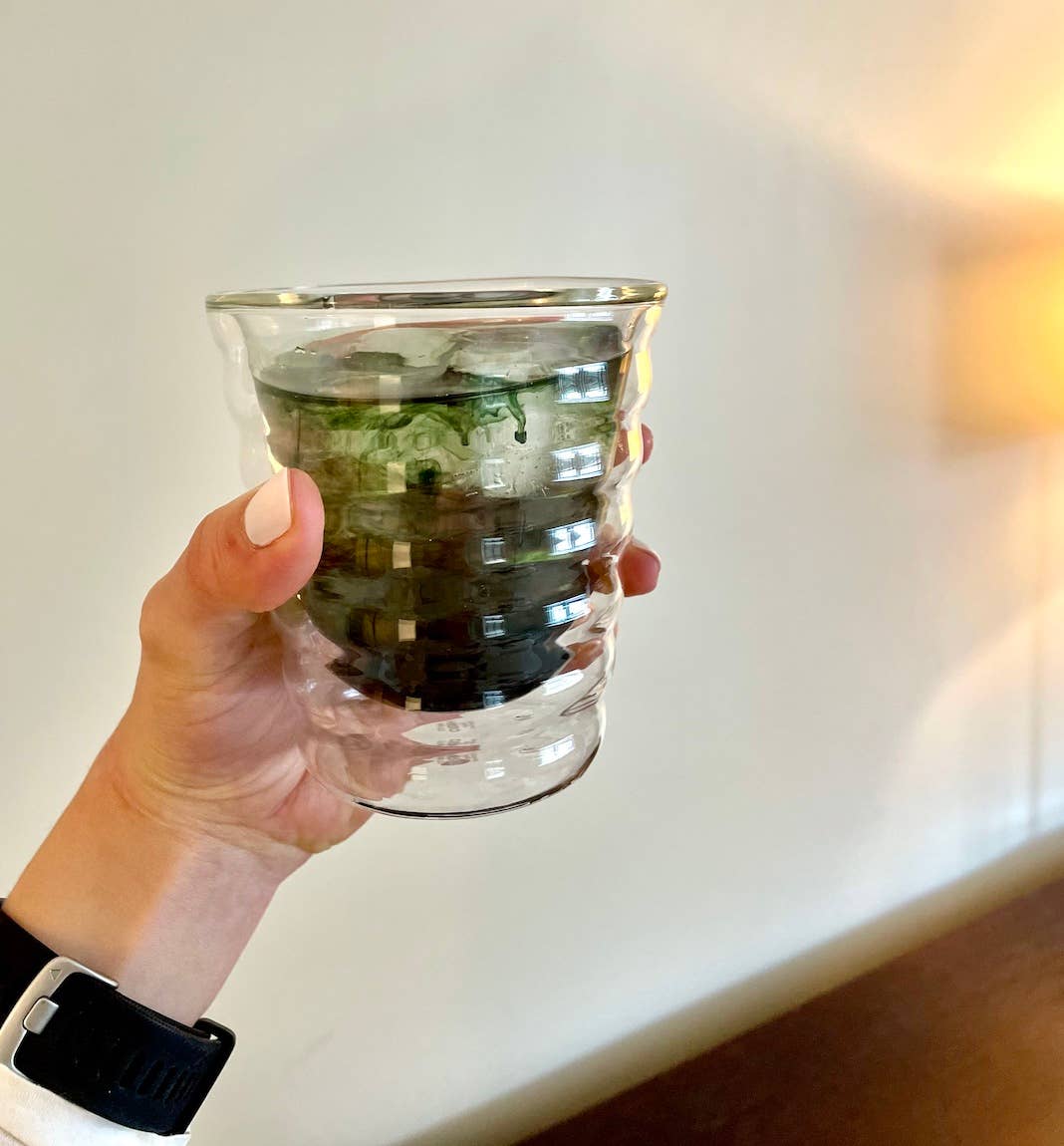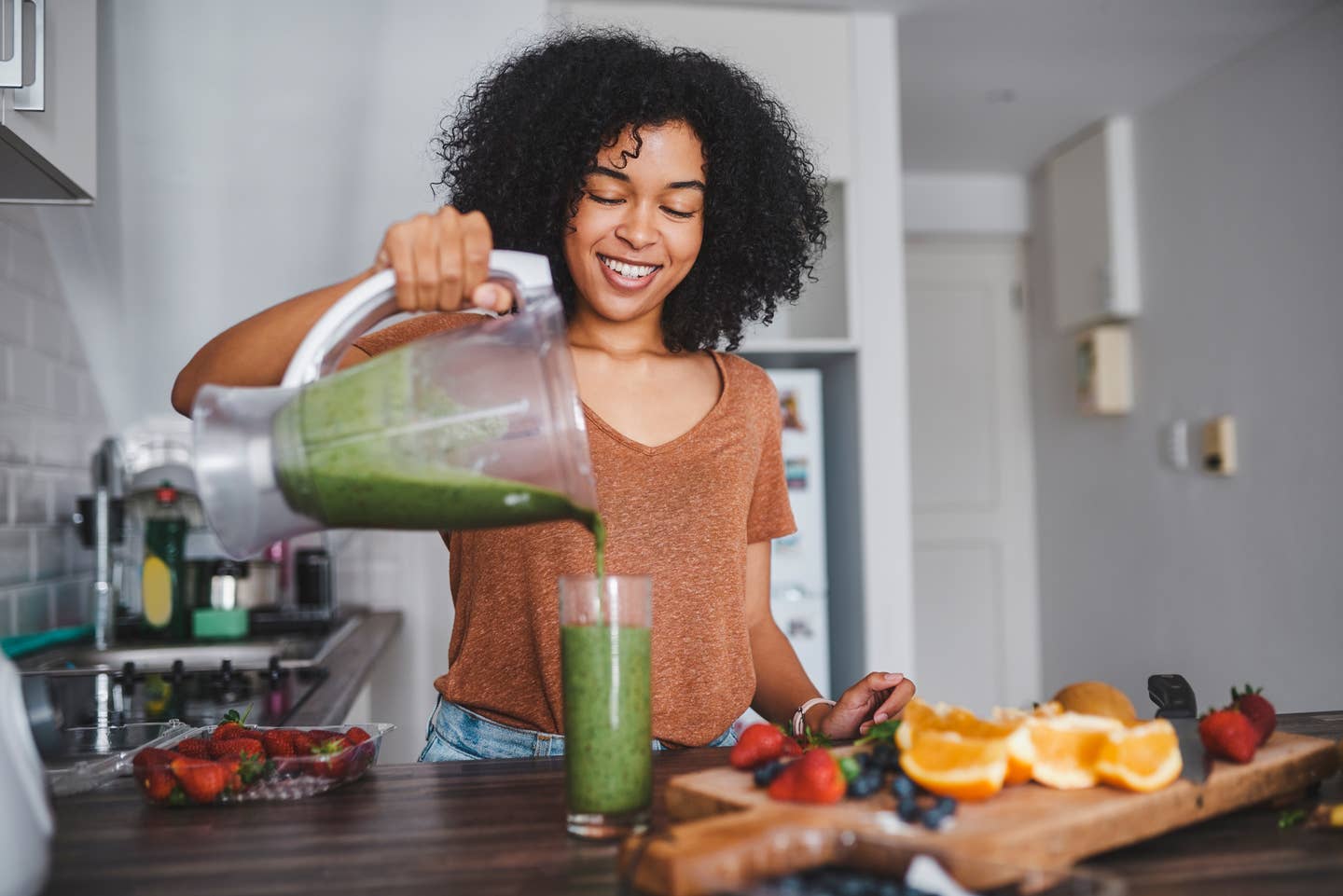
5 Therapist-Approved Strategies That Make Healthy Eating Easier
With the new year in full swing, the number one resolution people have made is to eat healthier, and a larger than never number are committing to eating plant-based for the first time. Like adopting any new diet, the act of giving up meat, dairy and most animal products, means that many people are struggling to stick to their plant-based goals.
Ready to retrain your brain? Read on for five smart tips to set yourself up for success from a psychologist and psychiatrist who have led many clients through the ropes of healthy eating.
1. Start by focusing on simple meals.
“If you are keeping busy scouring Pinterest for recipes, you may find a lot of delicious stuff. You also may be setting yourself up for several hours of shopping, prep work, and cooking, every day,” shares Dr. Candice Seti, Psy.D., CPT, CNC, The Weight Loss Therapist.
Instead, Seti says to make your commitment to plant-based eating endure, it’s best to make meals that don’t rely on crazy amounts of prep or difficult cooking techniques. For Seti, that means zooming in on the one grain, one legume, one vegetable approach. “A quick-and-easy meal could be brown rice with lentils and salad greens. Or whole-grain pasta with tempeh and snow peas. Remember, simple is the best way to make eating plant-based easier.”
If you’re not a huge cook, consider this as motivation: A 2017 meta-review published in the journal Health Education & Behavior found that cooking meals at home may enhance our mental health. A good place to start? These nine easy, plant-based weeknight dinners. A simple Google search for “five-ingredient vegan recipes” should also do the trick.
Once you adjust to cooking plant-based meals, feel free to experiment by gradually incorporating new, and more challenging recipes into your repertoire. “Pick and new and exciting recipe to try out each week, that can feel fun and exciting, while not being overwhelming,” says Seti. “Maybe this week you are experimenting with a spaghetti squash casserole while next week you are trying out a fun new lentil taco recipe. Have fun with it!”
2. Make sure you have the right tools.
It’s going to be an uphill mental battle to cook and eat plant-based if you don’t have the kitchen gadgets that make it easy to do so.
“A spiralizer is a great way to turn a veggie that might have been a side dish into a main course! You can spiralize things like zucchini, carrots, beets, sweet potato, and parsnips and turn them into noodles,” says Seti. “You can then prepare them just like you would noodle with whatever sauces or mix-ins you’d like. They also add a ton of flavor and a massive dose of nutrients without any extra calories or fillers.”
Here are the 15 best tools you need for a healthy, plant-based kitchen, and while you don’t need all 15 from the outset, it may be a good idea to invest in a few to help make you better equipped for your lifestyle shift.
3. Add these supplements to your routine.
“As a nutritional psychiatrist, when my patients tell me they would like my help to move to a vegan diet, I offer them the following tip to ease their way — take the bioactive forms of B12 and folate to reduce the evolutionary urge to seek them out from meat. If people are committed, I want to aid them in making a healthy choice for themselves and the environment by reducing the pressure they put on themselves to stop cold tofurkey,” suggests Sheldon Zablow, MD, nutritional psychiatrist and author of Your Vitamins Are Obsolete, “It is curious that a vegan diet, which can be missing enough natural B12 and folate, causes deficiencies which increase the urge to eat red meat. People who are deficient in these B vitamins develop meat cravings to get these two nutrients,” Zablow continues, before sharing quite the story.
“I had a patient that became Hindu and suddenly avoided beef in his diet. I asked if he had ‘meatmares’ during sleep about eating red meat which he said he never did because that would be objectionable,” he recalls. “After some thought, he said he did have dreams about eating chicken livers, meaning his unconscious mind chose an acceptable nutritional alternative to naturally increase his B12 and folate levels.”
Take note: Zablow keeps stressing “natural” B vitamins versus simply stating B vitamins is because many supplements and fortified products use artificial forms, which due to the fact that something like half the popular may not have the MTHFR enzyme “that converts synthetic folic acid into folate or are taking medication that blocks B12 and folate from being utilized, such as metformin, birth control pills, hormone replacement therapy, NSAIDs and/or gastric reflux medications,” and are thus worthless for absorption for a large fraction of individuals.
“The bioactive forms are methylcobalamin, adenosylcobalamin, and L-methyl folate. Since B12 and folate are partner vitamins, they must both be present in optimal amounts to get the benefits of either. A deficiency will wipe out the benefits of a sans meat diet. I have treated fertility challenges in vegans with these same biological B12 and folate nutrients,” he adds. So when buying any supplements, look for ones that state the above bioactive forms or state that they are bioactive, active, or methylated on the label.
4. Veganize your favorite meals.
Almost all of your favorite meals can be made vegan, and probably more easily than you think. Seti shares a few examples to get you started:
Burgers: “Swap out your burger patty for a homemade lentil patty or meaty portabella. Ditch the cheese and bake some bread for buns!” she says.
Pasta: “Lentil Bolognese, marinara, pesto are all sauces you can make at home. And your pasta options are limitless: zucchini, carrots, spaghetti squash, beets, you name it,” she says. These stuffed shells with vegan bolognese (https://thebeet.com/eat-for-the-week-try-these-stuffed-shells-with-vegan-bolognese-sauce/) are calling your name...
Tacos: “Swap out your ground beef for taco-seasoned tofu or tempeh, ditch the sour cream or cheese, and go overboard on the guacamole instead,” she suggests.
Baked goods: “For baking, flax seeds or chia seeds (soaked in water) are a wonderful alternative to eggs,” she says. Check out our favorite vegan dessert recipes here.
Parmesan cheese: “A lot of people love Parmesan cheese as a topper on pasta, popcorn, and salads. Nutritional yeast can easily be subbed in all of these situations,” she says.
5. Go vegan gradually.
Psychologically, spreading out your vegan transition over a few weeks or months may be easier than simply diving in overnight. “When a positive health decision has been made, it does not have to be implemented all at once,” says Zablow. And as much research shows, habit-formation is key when it comes to staying healthy in the long-term.
“Everyone should be allowed to adapt at their own speed. I would rather my patients be vegan 90% of the time rather than 0% or 100%, knowing most people will not be able to immediately succeed at 100%. Most people will give up before they have had a chance to start, feeling like they have failed,” he continues, stressing that it may be helpful to “think less meat [rather than] meatless.”
If you’re looking for some guidance to get started, check out how to help your family go plant-based, by a doctor and a dietitian.
More From The Beet






